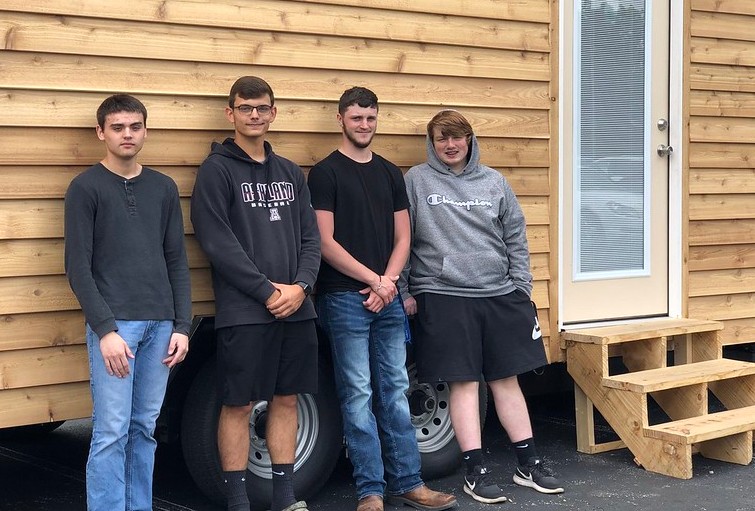
In October, the National Forum to Advance Rural Education brought advocates together from across the country for a conference in Louisville, Kentucky. National experts, leading researchers, K–12 and higher education practitioners, policymakers, and philanthropic leaders met to learn, collaborate, and lead 21st century learning in rural schools.
Rural education matters in Tennessee. About one in three Tennessee students attend a rural school, making up nearly 300,000 students. Part of the conference involved learning how to better support our rural schools, such as how to improve access to early postsecondary opportunities (EPSOs), recruit and retain strong educators, obtain high-quality instructional materials, and spark innovation. However, the other part was to celebrate what makes our rural communities special and unique for students.
A major theme that emerged from the forum was the importance of place-based education in rural communities. Place-based learning is rooted in the unique history, environment and culture of a place. It emphasizes the value of community partners in teaching and learning, and that part of a student’s educational experience is engaging with the local neighborhood. With place-based learning, students have a direct impact on their communities.
At the forum, several students from rural schools shared their experiences with place-based learning and how it supported their learning and awareness of their communities. Two of the stories we heard from students related how place-based learning helped them envision solutions to address local problems and reinvest in their communities.
Gavin Couture, a high school student in Ashland, Kentucky, decided to tackle homelessness and hunger in his community. After Gavin learned that more than 300 students in his school district are experiencing homelessness, he applied for a grant from the Kentucky Valley Educational Cooperative to renovate and open a food truck. In addition to serving their community, Gavin and his classmates learned valuable skills from hands-on experience. Students in construction technology helped refurbish an old vehicle to convert it into the food truck. The culinary class helped with preparing food. Students interested in businesses collaborated with local businesses to support the project. Place-based education allowed these high school students to engage with their community, which led to stronger ties and learning.
Taylor Williams, a student at the University of Kentucky, talked about her experience as a high school student in Hazard, Kentucky. She gave examples of how place-based learning provided her and her classmates ownership of the community, most notably through Tiny House Auctions. Students design and build tiny homes that are auctioned off through a project that is self-sustainable since the proceeds from the previous year are invested back into the project. Students learn skills in trades such as carpentry, welding, electricity, design, and budgeting. In addition, students give back to their community by providing new high-quality homes. Taylor recently purchased one of these tiny homes, which her little brother helped build, that she plans to live in while at college.
She encouraged everyone in the room to continue to be strong advocates for rural education and reminded the rural school educators, “Your ability to encourage and empower students is what keeps the spirit of our rural communities alive.”
Annie Freeland is SCORE’s senior K-12 policy analyst.
Read more about rural education:
